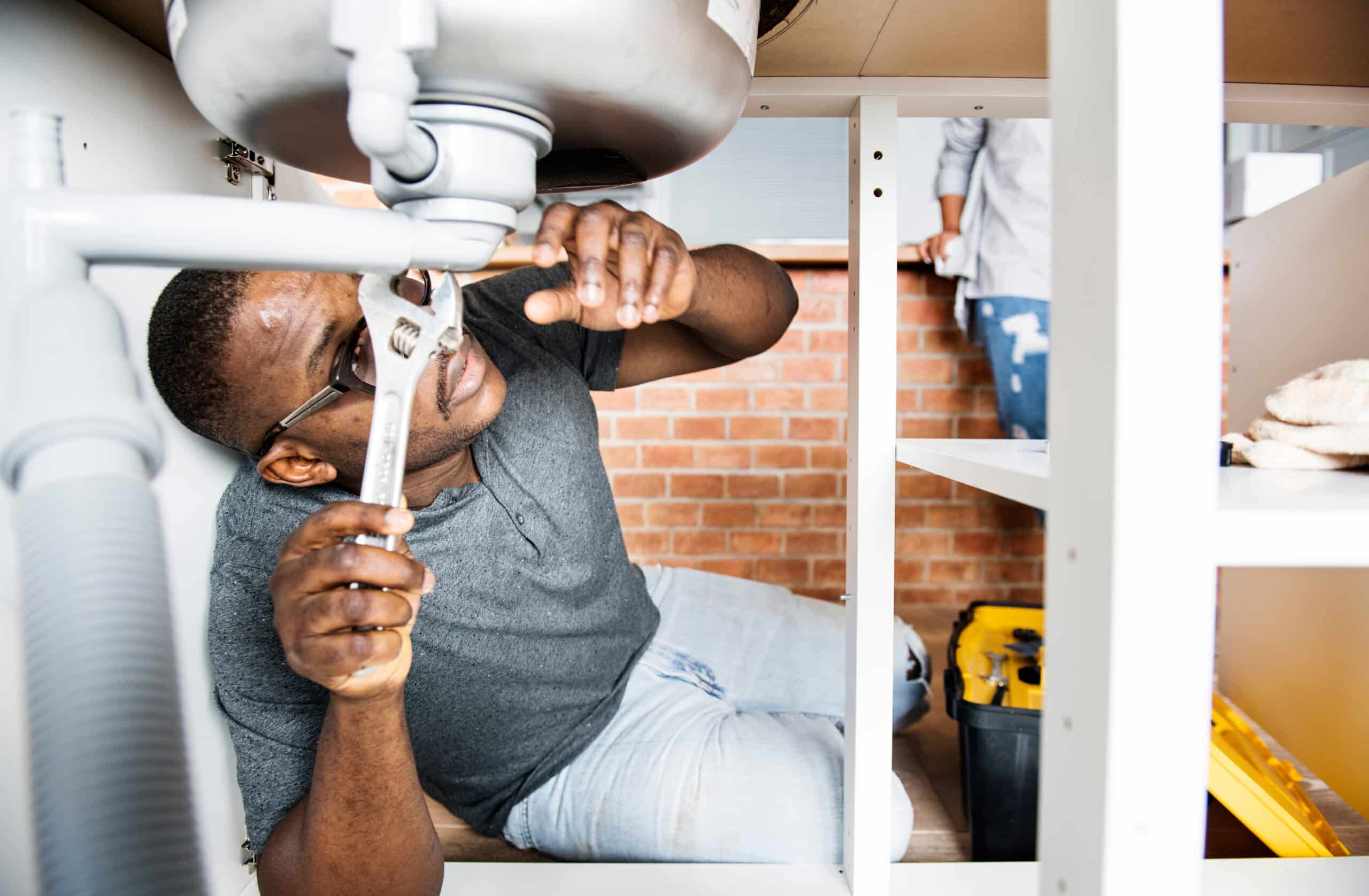Top-Rated Plumber Alabaster AL Ready to Offer You Anytime
A Step-by-Step Guide to Reliable Water Heating System Setup for Optimum Performance
Embarking on the job of mounting a water heater is an endeavor that demands precision and an organized technique for achieving ideal efficiency. As you proceed, the ins and outs of connecting water supply lines and setting up trustworthy electric or gas connections await, encouraging understandings right into making certain effectiveness and reliability.
Picking the Right Water Heating System

Following, take into consideration the dimension and capability of the hot water heater. It's essential to evaluate your home's hot water demands, which can differ based upon the variety of owners and their usage patterns. A system that's too small might lead to inadequate warm water, while an oversized version may cause unneeded energy consumption.
Efficiency rankings also play an essential function in selection. Look for water heating systems with high Energy Element (EF) scores, suggesting premium efficiency and decreased power use. Tankless models, though commonly extra pricey ahead of time, deal significant power cost savings with time because of their on-demand heating capabilities.
Preparing the Installation Location
Before mounting a new water heating unit, thorough preparation of the installment area is essential. It's vital to determine the space very carefully to suit the water heater's measurements, ensuring ample clearance around the unit for efficient procedure and maintenance.
Check the flooring for security, as the water heater will require a solid, degree surface to operate efficiently. If required, mount a drip frying pan beneath the device to catch potential leakages or spills, preventing water damages to the surrounding location.
Additionally, make certain that all required tools and materials are on hand prior to commencing the installation. This includes items such as wrenches, screwdrivers, a level, and any extra hardware needed for securing the heating unit and placing. A well-prepared installment location sets the foundation for an effective hot water heater arrangement, maximizing performance and security.
Connecting Water Lines
When connecting water supply lines to your newly mounted water heating unit, it is essential to ensure that all links are safe and secure and leak-free to maintain efficient operation and protect against water damages. Begin by recognizing the cold and warm water system lines. The chilly water special info inlet is commonly noted with a blue label or a "C", while the hot water electrical outlet is noted with a red label or an "H".
Usage adaptable water heating unit ports to promote a much easier installment procedure. Prior to connecting the adapters, put a plumbing professional's tape around the threaded ends of the water heating system's inlet and electrical outlet pipelines.
Once connections remain in area, slowly switch on the major water system shutoff. Inspect each connection for leakages by aesthetically inspecting and really feeling for dampness. Tighten up connections as needed, and ensure the pressure relief shutoff is correctly set up, safeguarding against too much pressure accumulation.
Establishing Up Electrical or Gas Links
Correctly establishing the electrical or gas links for your hot water heater is a crucial step to guarantee reliable and safe operation. For electric hot water heater, begin by validating that the electric circuit works with the heater's voltage and amperage needs. Guarantee the power supply is switched off at the breaker to stop accidents. Attach the electric wires to the heating unit following the producer's electrical wiring diagram. Typically, this involves attaching the ground cord to the green terminal, and the staying wires to their corresponding terminals, securing each with cable nuts.
For gas water heating systems, security is critical. Attach the gas line to the water heating system making use of an adaptable gas adapter, guaranteeing it is effectively threaded and sealed with pipeline joint compound or Teflon tape appropriate for gas connections.
When connections are made, inspect for any kind of prospective leaks. For gas lines, use a soapy water option home to the joints; bubbles suggest a leakage. For electrical links, ascertain that all electrical wiring is secure and correctly protected, keeping conformity with neighborhood electrical codes.
Readjusting and examining for Performance
With the electrical and gas connections securely in area, the following action is examining the operational efficiency of your water heater. Begin by carefully transforming on the water supply and making certain there are no leakages at any of the joints or shutoffs.
Following, execute a thorough inspection to ensure the burner or gas burners are functioning appropriately. For electrical heaters, utilize a multimeter to validate if the components are attracting the suitable current. In gas versions, observe the heater flame; it needs to be blue and constant, indicating efficient combustion.
Readjust the setups as required to eliminate inadequacies. Think about implementing insulation actions, such as adding a water heater covering, to further boost performance by decreasing warm loss. Additionally, inspect the anode rod's problem, as a worn-out rod can lower effectiveness and lead to storage tank corrosion.
Verdict
Reliable water best site heater installment is important for guaranteeing optimum performance and energy savings. Securely linking water supply lines and thoroughly setting up electric or gas connections lessen possible issues.

Correctly establishing up the electric or gas links for your water heater is a critical step to make sure secure and reliable procedure. For electrical water heaters, begin by confirming that the electric circuit is suitable with the heating system's voltage and amperage requirements. Link the gas line to the water heating system using a flexible gas port, ensuring it is appropriately threaded and secured with pipeline joint substance or Teflon tape ideal for gas links.